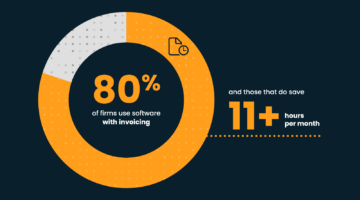 Biglaw partnership isn’t what it once was. That’s not just some weird bout of nostalgia for a bygone era, but hard data that supports the notion that being partner at a Biglaw firm isn’t quite the cushy job of the past.
Biglaw partnership isn’t what it once was. That’s not just some weird bout of nostalgia for a bygone era, but hard data that supports the notion that being partner at a Biglaw firm isn’t quite the cushy job of the past.
According to data collected by ALM Intelligence as part of the Am Law 100 ranking, there have been massive changes in Biglaw partnerships for almost two decade. The percentage of equity partners across the Am Law 100 has taken a tumble, with the percentage of nonequity partners (partners who receive more than half their income on a fixed basis) steadily increasing.
It’s not poor financial performance that is leading to these changes. Financial indicators are up — the average revenue per lawyer for 2018 was up 4.2 percent, and the average profits per equity partner were also up for the Am Law 100, to the tune of $1.88 million, an increase of 6.5 percent.

How Strong Is Your Firm’s Financial Visibility?
Discover how to gain more control over your firm’s finances and unlock smarter growth strategies—take a quick financial visibility quiz designed for law firms.
But it may be the competition to keep improving numbers that has really made the trend take off:
“I think this is just an arms race,” said Nicholas Bruch, a director and analyst at ALM Intelligence. “In the old days where most firms had collegial partnerships where all you had to do was work long enough and you got into the partnership, what that meant was that some people were being subsidized. ”
“As soon as one or two firms decided that they weren’t going to do that, then everyone basically had to go to that world,” Bruch added.
Even more disturbing is the perception that the nonequity track is increasingly being used to pay lip service to diversity and inclusion. This way firms can tout the number of diverse partners, while still keeping profit sharing to only a select few.

Billables Are Not The Same As Cash Flow. Here’s Why That’s Important.
Findings from the MyCase 2025 Legal Industry Report.
 Kathryn Rubino is a Senior Editor at Above the Law, and host of The Jabot podcast. AtL tipsters are the best, so please connect with her. Feel free to email her with any tips, questions, or comments and follow her on Twitter (@Kathryn1).
Kathryn Rubino is a Senior Editor at Above the Law, and host of The Jabot podcast. AtL tipsters are the best, so please connect with her. Feel free to email her with any tips, questions, or comments and follow her on Twitter (@Kathryn1).